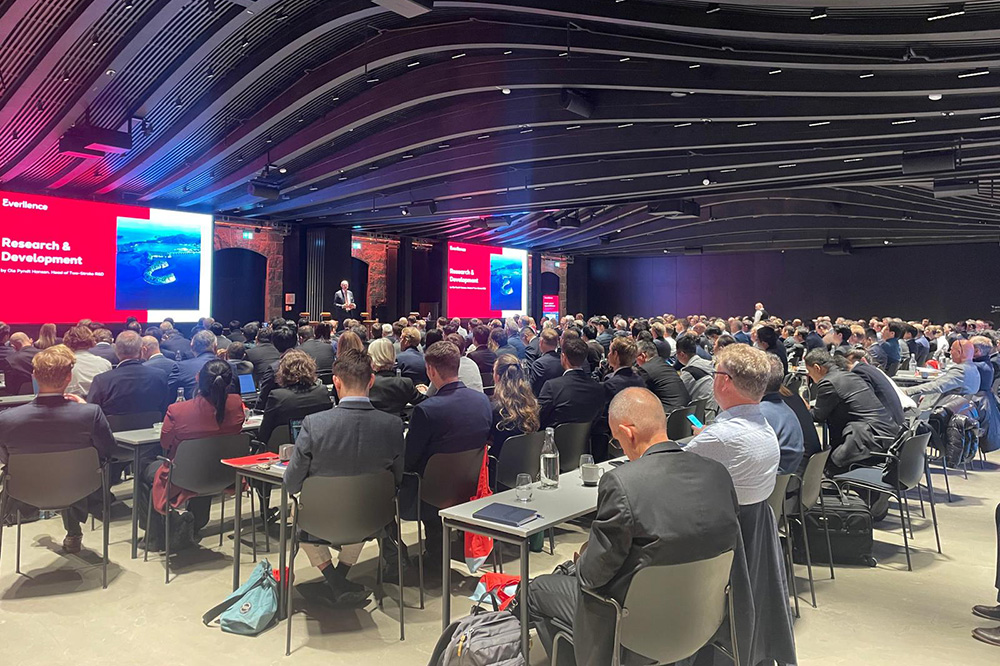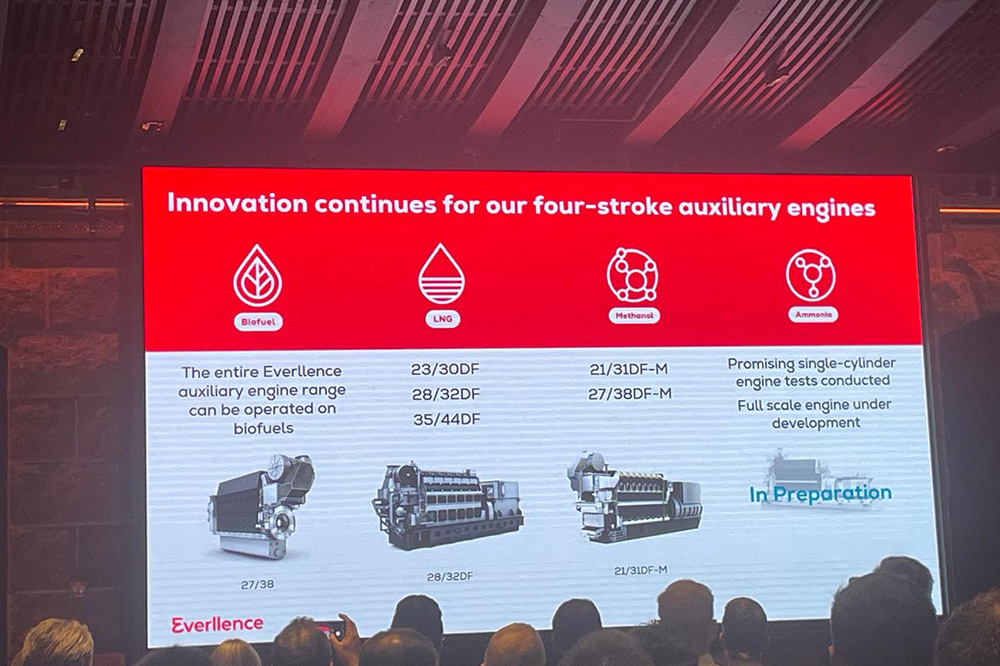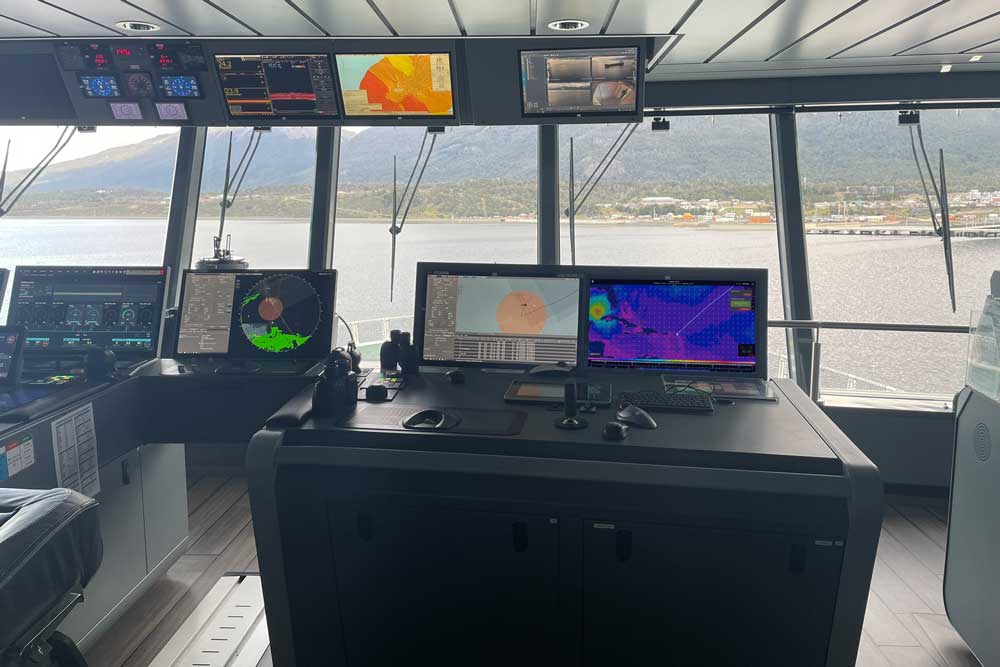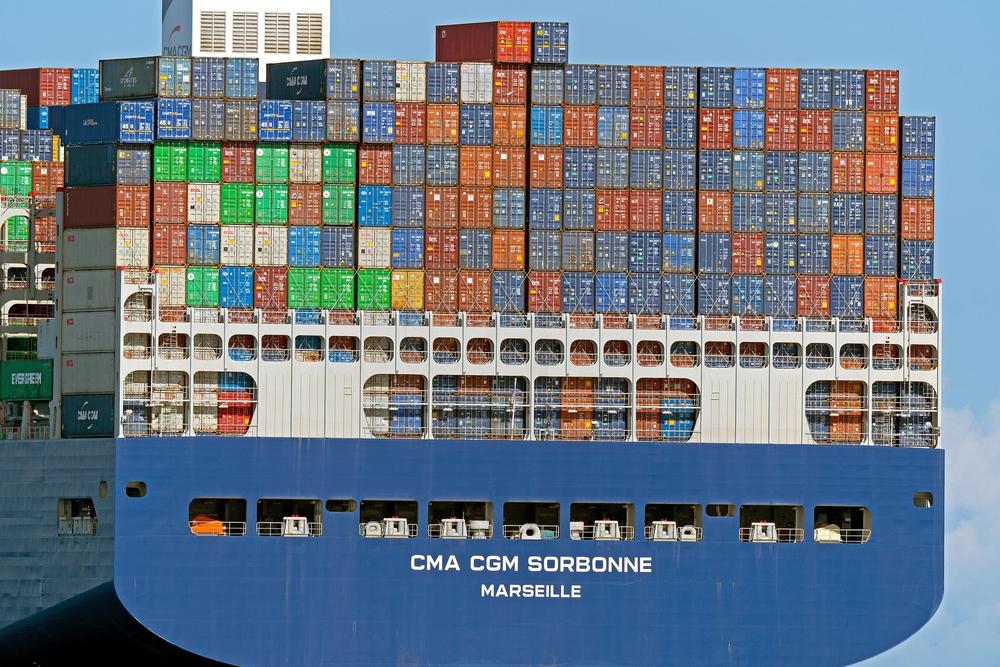A premiere has taken place in Copenhagen: Everllence has unveiled its new two-stroke engine that can be powered by ammonia.
Based on the diesel principle and the well-known dual-fuel concept of liquid gas injection, the ME-LGIA engine offers many of the same advantages as Everllence’s existing ME-LGIM and ME-LGIP models, which run on methanol and LPG respectively, says the manufacturer.
However, due to the special properties of ammonia, the new engine has additional safety features such as containment systems, sensors, system ventilation and double-walled piping, which have been specially developed for use with ammonia as fuel.
“As a leading engine developer in the maritime industry, we are in a unique position to drive forward the green transformation. Bringing new fuels to the market is not just innovation – it is a necessity for CO₂-free shipping. In this context, ammonia is a crucial piece of the puzzle. The development of this engine is not just a technical achievement, but another concrete step towards a climate-neutral future – and the time to act is now,” said Uwe Lauber, CEO of Everllence.

Several pilot projects are already underway
At the presentation of the new engine in Copenhagen, Everllence announced that the first ME-LGIA unit will be delivered in the first quarter of 2026. The test run is planned for the fourth quarter of 2025. The company is currently involved in several pilot projects, including two Very Large Ammonia Carriers (VLAC) for Eastern Pacific Shipping, four other engines for Höegh Autoliners PCTCs and an engine for a bulk carrier in Japan, which is currently being tested on the MITSUI E&S test rig.
“This ammonia engine is a real technological milestone. It is the result of over 150,000 hours of work and a considerable financial investment. Since we started testing two-stroke engines on ammonia in July 2023, we have conducted more than 800 tests – both here in Copenhagen and at MITSUI E&S in Japan. Safety has always been a top priority, and we have worked closely with the relevant authorities and classification societies to ensure that the technology meets all requirements. Together with the lessons learned from the pilot projects, we are confident that this responsible approach will ultimately set the industry benchmark for ammonia engines – with a final design based on real operating experience. In addition, these engines will be digitally connected to optimize operational performance,” explains Bjarne Foldager, Head of Everllence’s two-stroke engine business.
In terms of digital connectivity, the ME-LGIA enables a secure and reliable flow of data from the vessels to Everllence’s shore-based monitoring. This allows the use of real-time engine performance and operational data to increase efficiency, provide remote support and make vessel operations more sustainable. Data-driven insights thus play a critical role in supporting decarbonization, especially as new fuels such as ammonia enter the market.
Everllence announced that the first sales phase of the ME-LGIA will initially include bore sizes G50, S50, S60, G60, G70 and G80. Retrofit options will follow at a later date.

















